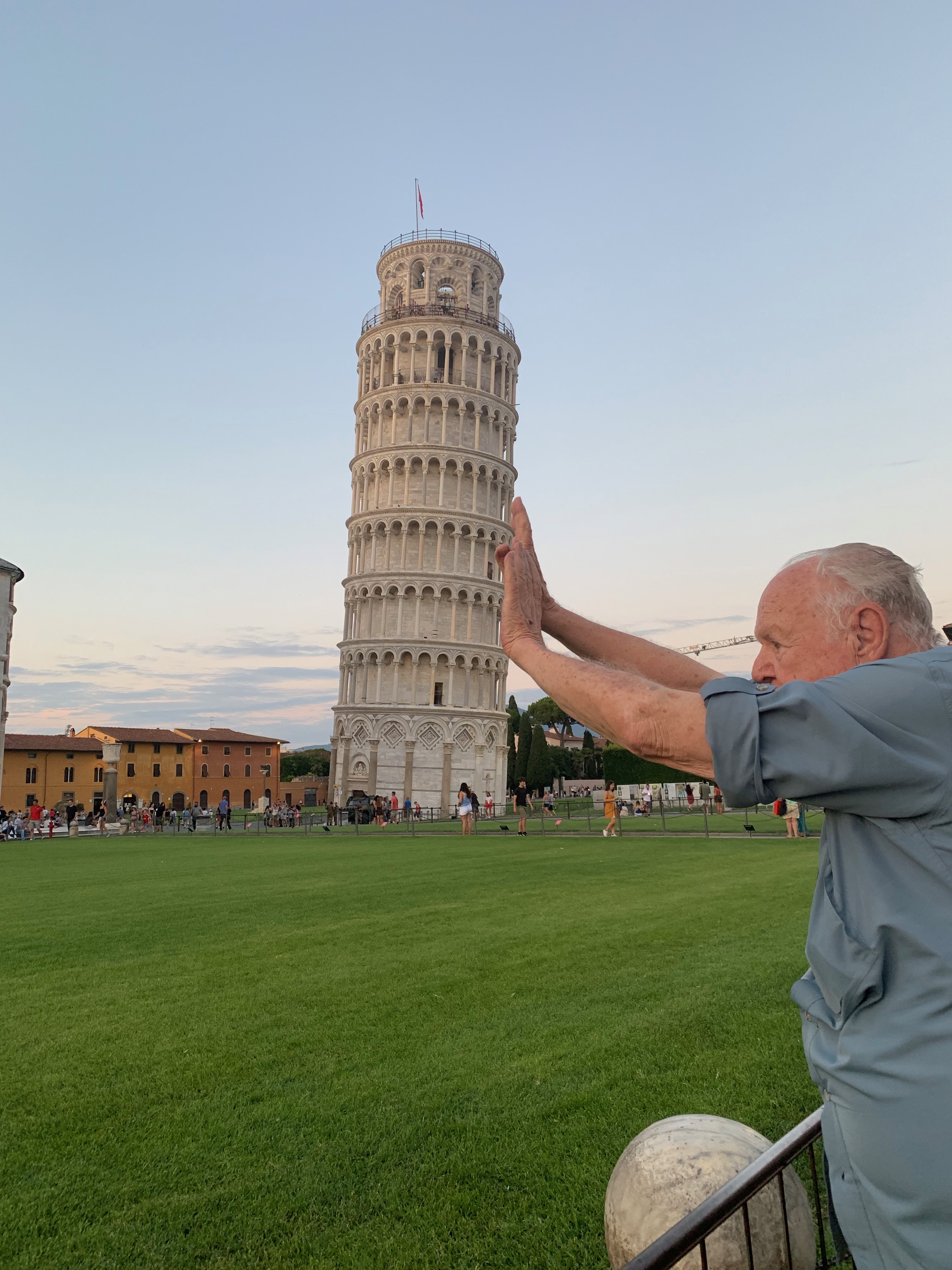
Nowadays we take the speed of light for granted. It’s a fundamental constant of the universe: light simply travels at the speed it does because that is just the way the universe works, and there’s nothing we can do about it.
And outside of the realm of astronomy and high-energy particle physics, for all intents and purposes light appears to be instantaneous. You flip the switch and bam light hits your eyeballs with no delay. A flash of lightning goes off in the distance and you get to see it well before the rumble of thunder washes over you.
And for a long time our ancestors just assumed that light was instantaneous. To them light wasn’t made of a thing, it simply was its own thing and appeared whenever it needed to appear. Today In: Innovation
This all changed in the late 1600s after a set of clever observations by the astronomer Ole Romer. He figured out that something funny was up with light after studying Io, the first moon of Jupiter. Every once in awhile, Jupiter and its little moon line up, with that big giant planet blocking our view of Io. And after a little while Io pops back out into view and we get to see it again. And then, a few days later, the dance repeats, over and over again countless times through a year.
Romer noticed something interesting about the eclipses of Io. Sometimes they were a little bit further apart, and sometimes they were a little bit closer together. After a couple years Romer noted cracked the pattern. When we were in our orbit around the sun moving closer to Jupiter, the eclipses of Io got closer together. And when we are in our orbit around the sun moving further away from Jupiter, the eclipses were getting further apart.
Maybe something funky was happening to Io and its orbit around Jupiter, but why should that connect at all to our own position around the sun? The only way to solve the riddle was for light to have a finite speed. If we were to catch an eclipse of Io in a certain position of our orbit, then if we happen to be moving further away from Jupiter, then the next eclipse will appear a little bit later, because we have to wait for the event of the eclipse itself plus the time it takes for light to travel across that extra distance that we’ve moved, and the reverse is true for when were moving towards Jupiter in our orbit.
From these observations Romer was able to estimate the speed of light to be 220,000 km/s, which isn’t too far off from our modern value of 299,792 km/s. Not too bad for staring at a little moon.
